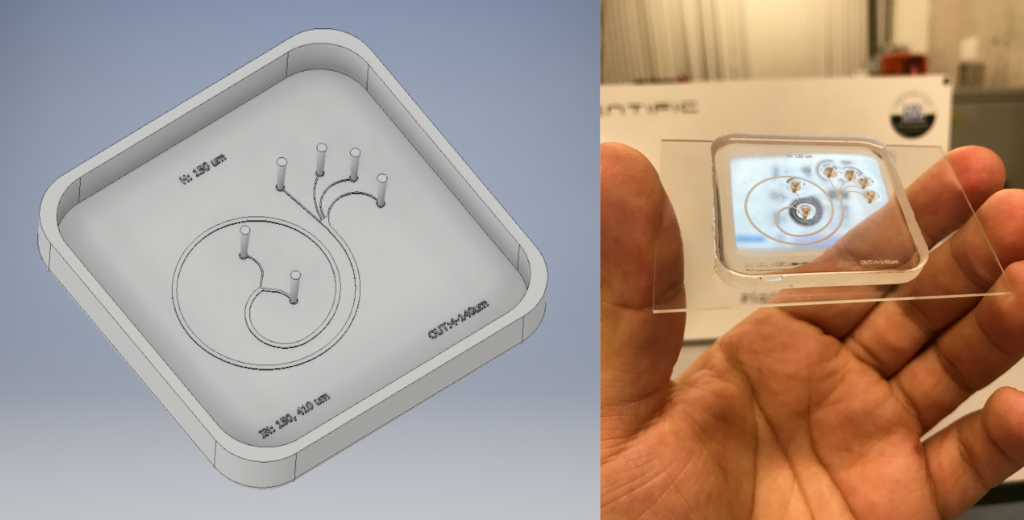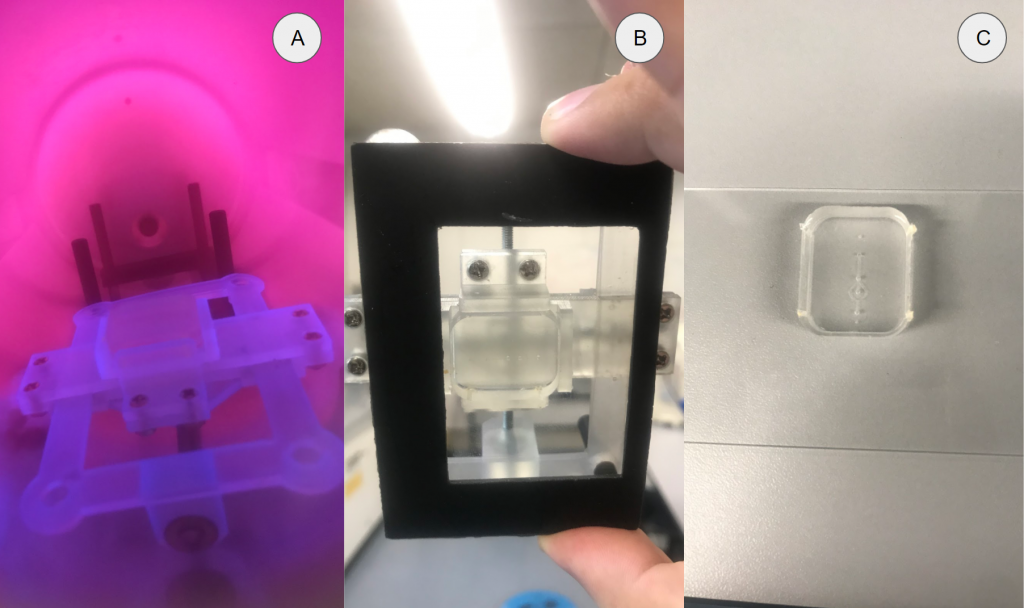

Point-of-care microfluidic device technology is an excellent tool for the detection of pathogens in early stages of infection, which considerably reduces the cost of treatment versus that of advanced disease management. Importantly, these devices allow increasing the care of people located in areas with little hospital and care access, providing quick information that allows decision-making by health personnel, which additionally does not require further training for their management without compromising the test reliability. Given the wide range of possibilities and integration of technology in these devices for problems with infectious diseases, this project designs, assembles and tests a lab-on-a-chip device with a “point of care” function that allows the detection of Malaria in shorter times and with smaller sample volumes than required by current clinical diagnostic techniques.
These devices allow increasing the care of people located in areas with little hospital and care access, providing quick information that allows decision-making by health personnel.
For this purpose, “ready-to-use” tubes are used as the basis of a device that contains a separation system that takes advantage of the inertial effects of laminar flow, the combination of inertial lifting forces and drag forces that lead to two flows. of particles to a coiled tube with an ellipsoidal cross section. The system concentrates malaria parasites and infected blood cells for both diagnosis and further analysis if required. In addition, it incorporates two options of biosensors (one based on immunoassay and the other on electrophysical properties) to identify different strains of malaria with high precision, or even other parasites if necessary. The Plasmodium spp. Isolated by concentration can be used to evaluate the effect of new antimalarial drugs or their pathogenicity, constituting a new support tool. Finally, this device would constitute the basis for generating a prototype of a “dialysis” type system that can separate blood from infected patients with these types of diseases.
